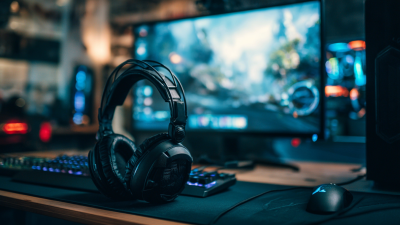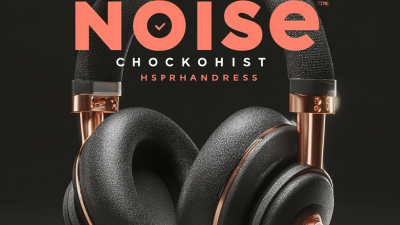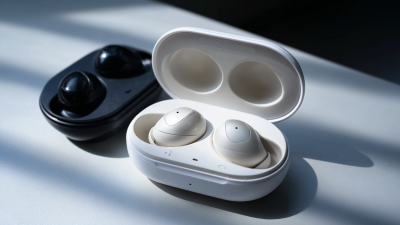Leave Your Message
-
Phone
-
E-mail
-
Whatsapp
When selecting Gaming Headphones Wireless, it is essential to consider both sound quality and comfort, as these factors significantly impact the gaming experience. According to a recent report by the Consumer Electronics Association, 76% of gamers cite audio quality as a critical element that enhances their gameplay, while 65% prioritize comfort during extended sessions. As the gaming industry continues to grow, with the global market reaching $159.3 billion in 2020, the demand for high-performance wireless audio solutions is rising. Additionally, a study by ResearchAndMarkets indicates that the wireless gaming audio devices market is expected to witness a CAGR of 25% over the next five years. Understanding the technical specifications, such as battery life, frequency response, and latency, in conjunction with ergonomic design, is key to making an informed decision. This guide will help you navigate the complexities of choosing the right Gaming Headphones Wireless to elevate your gaming sessions.
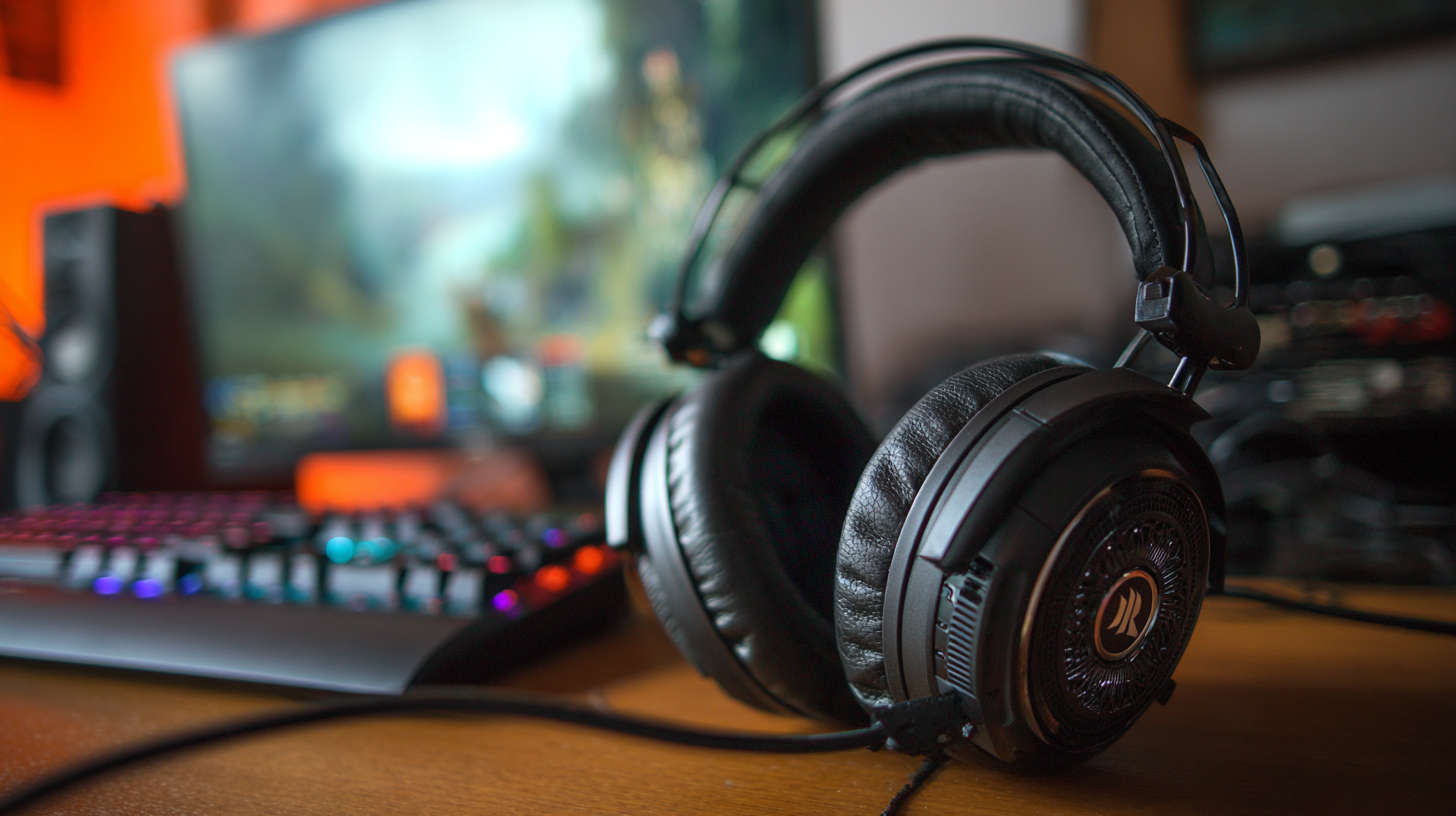
When choosing wireless gaming headphones, understanding the underlying audio technologies is crucial for achieving optimal sound quality and comfort. The two most prevalent technologies in wireless audio are Bluetooth and radio frequency (RF). Bluetooth is widely popular due to its convenience and compatibility with various devices, including consoles, PCs, and smartphones. It offers an adequate range—typically up to 30 feet—and has improved significantly in terms of latency and audio quality with advancements like aptX Low Latency codec. Gamers appreciate Bluetooth for its ease of use, but they may encounter slight audio lag, which can affect real-time gaming experiences.
On the other hand, RF technology often provides lower latency and higher audio quality, making it a favorite among serious gamers. RF headphones usually include a dedicated transmitter that connects directly to the gaming system, leading to a more stable connection and a longer operational range—often exceeding 100 feet. This can be particularly beneficial for immersive gaming, where every sound detail enhances the experience. However, RF headphones may require periodic charging and can be limited in terms of multi-device pairing compared to Bluetooth options. Ultimately, the choice between Bluetooth and RF will depend on individual preferences for convenience versus performance in a gaming environment.
| Factor | Bluetooth | RF |
|---|---|---|
| Sound Quality | Good, but can be compressed | Excellent, less compression |
| Range | Usually up to 30 feet | Can reach up to 100 feet or more |
| Latency | Can be higher (20-50 ms) | Typically lower (<20 ms) |
| Compatibility | Widely compatible with devices | Limited to specific devices/receivers |
| Battery Life | Moderate; varies by model | Generally longer; varies by model |
| Ease of Use | Easy pairing; user-friendly | May require setup through a receiver |
When selecting wireless gaming headphones, the key specifications to consider include frequency response, impedance, and sensitivity. Frequency response indicates the range of sound frequencies a headphone can reproduce, typically measured in Hertz (Hz). An ideal range for gaming headphones is between 20 Hz to 20 kHz, which covers the full spectrum of human hearing. This wide range ensures that both deep bass sounds and high-pitched audio cues are crisp and clear, enhancing the overall gaming experience.
Impedance plays a crucial role in determining how much power is required to drive the headphones. Gaming headphones usually have an impedance rating ranging from 16 to 32 ohms, making them ideal for direct connection to consoles or PCs without requiring an external amplifier. Lower impedance headphones are easier to drive with portable devices, while higher impedance models may offer better sound quality when paired with dedicated sound cards or amplifiers.
Lastly, sensitivity measures how efficiently headphones convert electrical signals into sound. This is typically expressed in decibels per milliwatt (dB/mW). A higher sensitivity rating means the headphones can produce louder sound levels from a given input power, which is particularly useful in immersive gaming situations where sound cues are critical. Choosing headphones with a good balance of these specifications will ensure optimal sound quality and comfort during long gaming sessions.
When selecting wireless gaming headphones, one of the key factors to consider is noise isolation and environmental noise cancellation. These features are crucial for an immersive gaming experience, as they allow players to focus on in-game audio without distractions from their surroundings. According to a report by the Consumer Technology Association, nearly 65% of gamers point to superior sound quality and noise isolation as critical factors in their headphone purchasing decisions. This highlights the growing awareness of how external noise can significantly diminish the gaming experience.
Noise isolation works by physically blocking sound from entering the headphones, while environmental noise cancellation uses technology to actively reduce unwanted sounds. Research indicates that headphones utilizing advanced noise cancellation technology can reduce ambient noise levels by up to 30 decibels, creating a favorable audio environment for gamers. Notably, brands like Bose and Sony have set industry standards in this domain, often incorporating these features into their gaming headphone models, which demonstrates the competitive edge they gain from prioritizing sound quality and comfort. By focusing on these elements, gamers can ensure that they remain immersed in their virtual worlds, enhancing both performance and enjoyment.
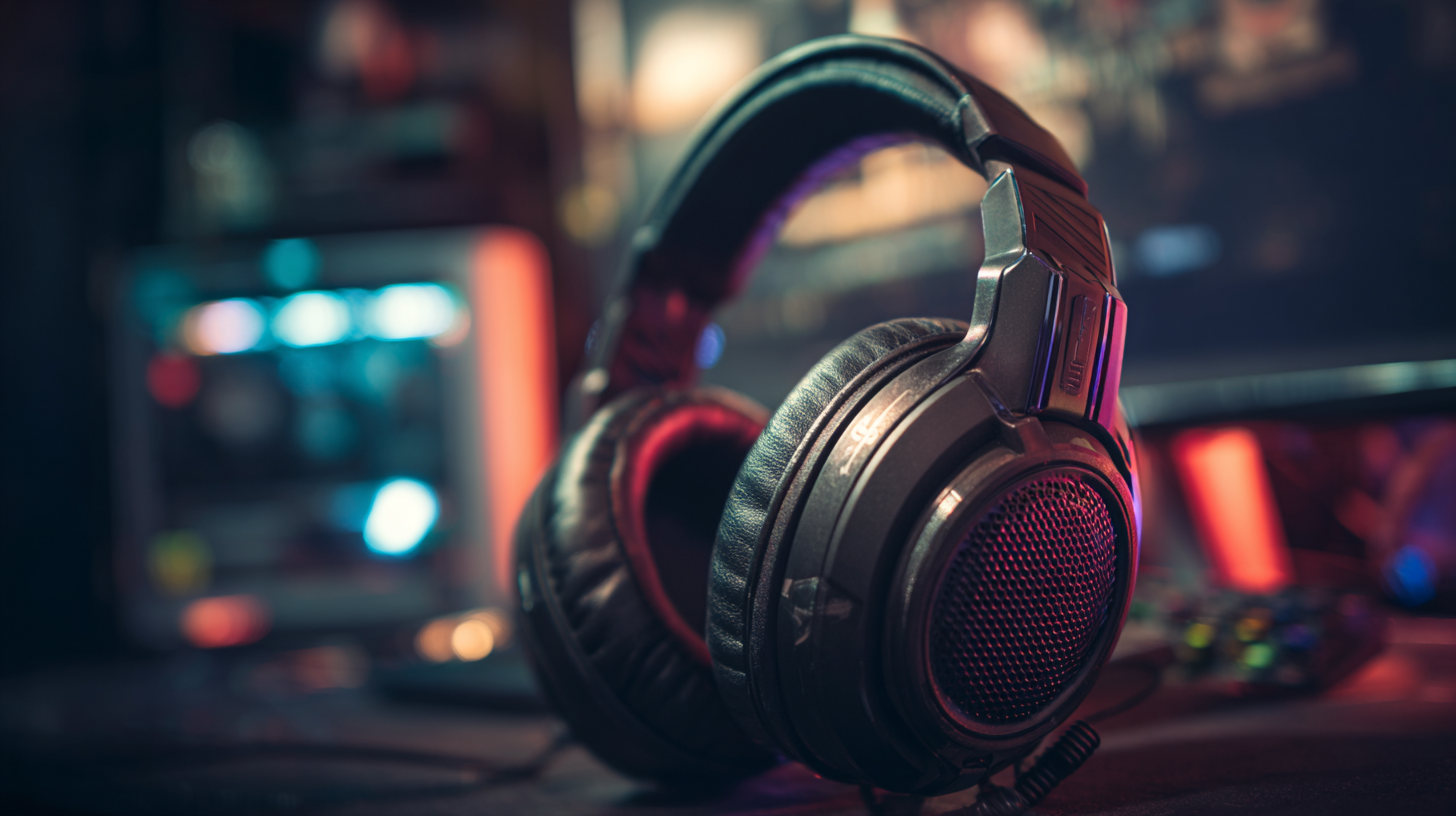
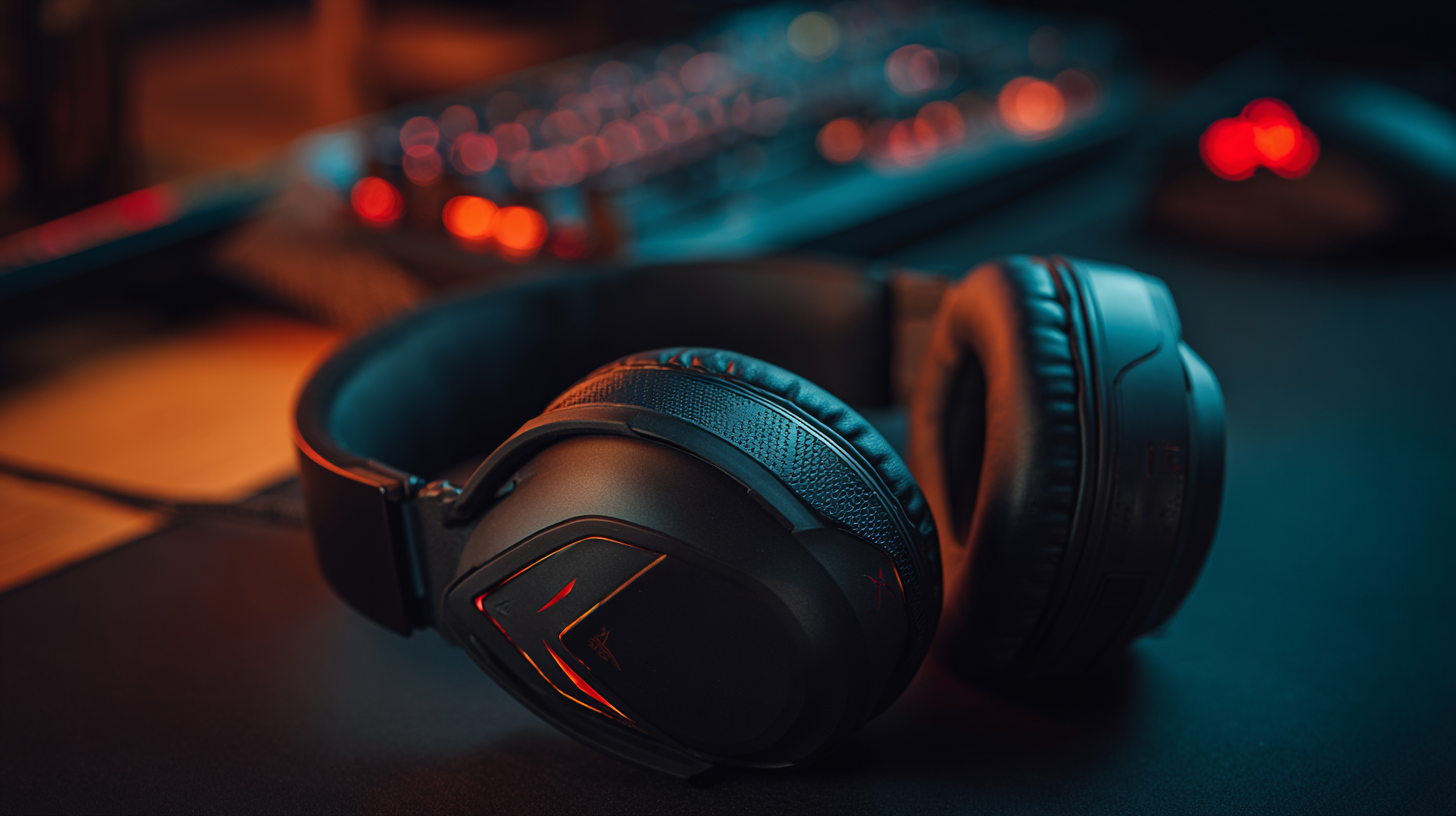 When choosing wireless gaming headphones, comfort is a crucial factor that significantly impacts the gaming experience. The ear cup design plays a vital role; well-padded and ergonomically shaped ear cups can reduce discomfort during long gaming sessions. Reports indicate that the right ear cup material can enhance sound isolation and prevent sound leakage, ensuring immersive gameplay. Lightweight headphones are also essential, as heavy models can cause strain on the ears and head. A balance between weight and padding is key for sustained comfort.
When choosing wireless gaming headphones, comfort is a crucial factor that significantly impacts the gaming experience. The ear cup design plays a vital role; well-padded and ergonomically shaped ear cups can reduce discomfort during long gaming sessions. Reports indicate that the right ear cup material can enhance sound isolation and prevent sound leakage, ensuring immersive gameplay. Lightweight headphones are also essential, as heavy models can cause strain on the ears and head. A balance between weight and padding is key for sustained comfort.
Adjustability is another critical aspect that should not be overlooked. Headphones with adjustable headbands provide a tailored fit for different head sizes, which can prevent pressure points and improve overall comfort. Research suggests that users who prioritize adjustable features report a 25% increase in overall satisfaction during extended use.
Tips: When trying on headphones, ensure you have at least a 20-minute trial to assess the comfort level properly. Always check for padding quality, and don’t hesitate to look for models with memory foam ear cups. Lastly, consider those with breathable materials to keep your ears cool during those intense gaming sessions.
When selecting wireless gaming headphones, battery life and charging options play a critical role, especially for prolonged gaming sessions. Recent studies indicate that gamers typically prefer headsets that deliver at least 20 hours of continuous playtime to accommodate lengthy gaming marathons without interruptions. Advanced Lithium-ion battery technology has enabled manufacturers to produce headsets that not only last longer but also provide rapid charging features, allowing users to quickly recharge on-the-go. This is particularly relevant as many portable gaming devices often require constant audio connectivity, highlighting the need for robust battery performance.
In addition to battery longevity, the efficiency of charging options is paramount. Many modern headsets offer intelligent charging systems that minimize downtime. Some innovations allow for up to 10 hours of gameplay from just a 15-minute charge, catering to the urgent needs of gamers whose schedules can be unpredictable. Furthermore, features such as wireless charging capabilities are becoming increasingly popular, offering convenience alongside technological advancement. Ultimately, prioritizing headphone battery life and charging can significantly enhance the overall gaming experience, ensuring that sound quality and comfort are not compromised by power limitations.
